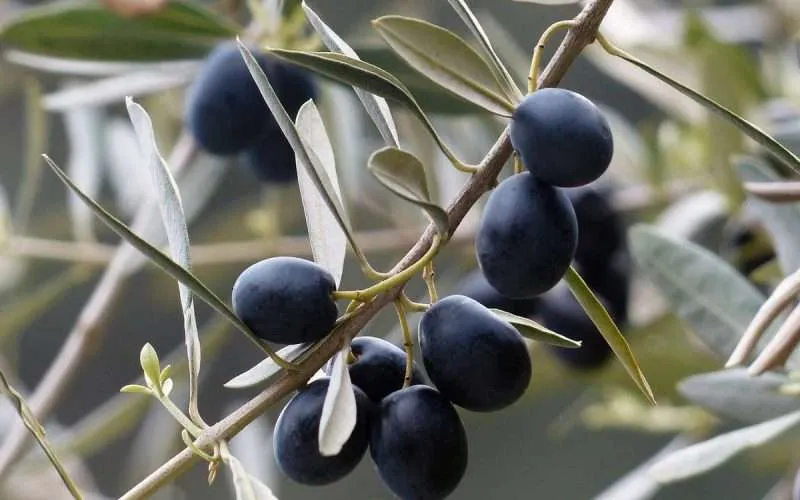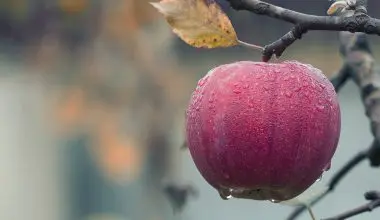Table of Contents Show
The olive is probably one of the most sought after fruits. Just as you walk into the produce section of any local grocery store it is obvious how much the local masses treasure the fruit.
It can be added to an array of dishes to create a variety of complex flavors. Olives truly are a treasure in the world of fruits.
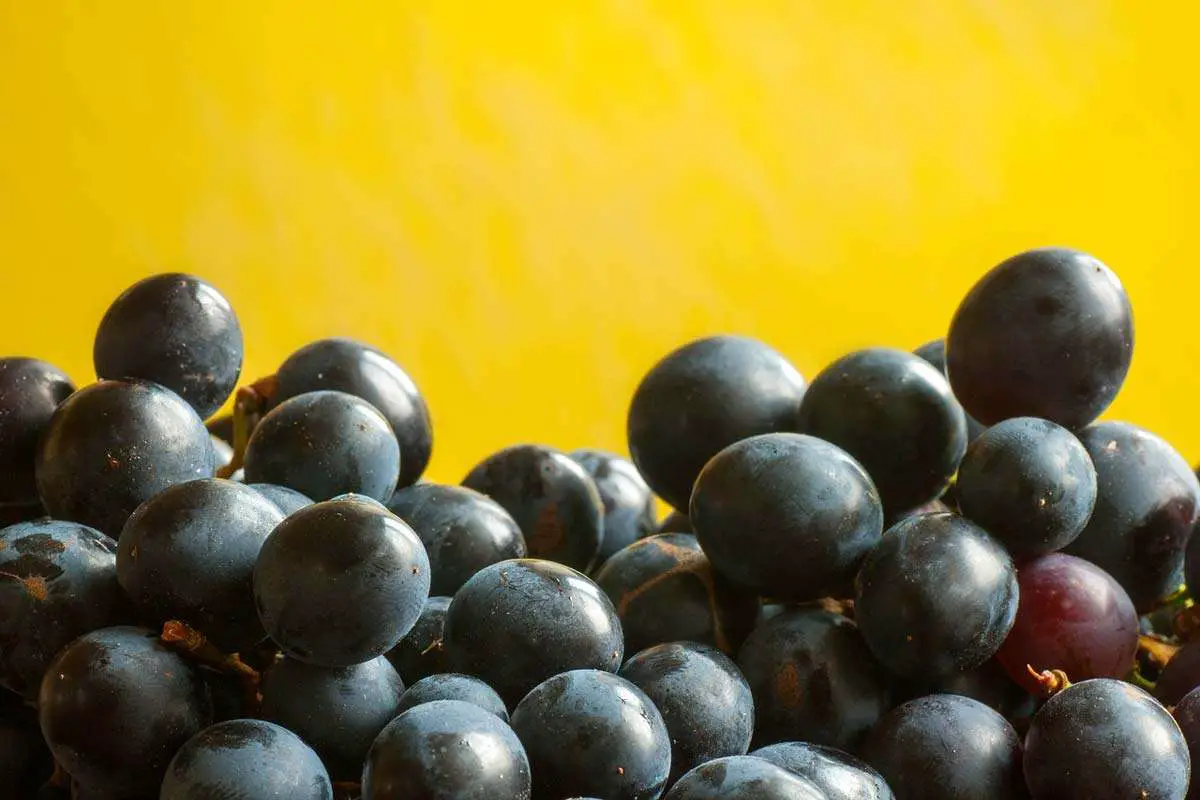
However, looking around the grocery store you may notice that among the jars, bottles and cans of olives, there are no raw ones available.
This brings the question of whether they are even edible when raw.
4 Reasons Raw Olives Are Not To Be Consumed
While raw olives tend to be edible, there are some perfectly valid reasons as to why they aren’t consumed when they are raw. Apart from hygienic concerns, raw olives freshly plucked off a tree are extremely bitter.
They may just spoil the taste in your mouth.
Other than that there are a handful of reasons why raw olives may turn out to be a rather disappointing treat.
The following article explores these reasons and also explores the right ways to treat and prepare olives for consumption.
1. Raw Olives are Bitter
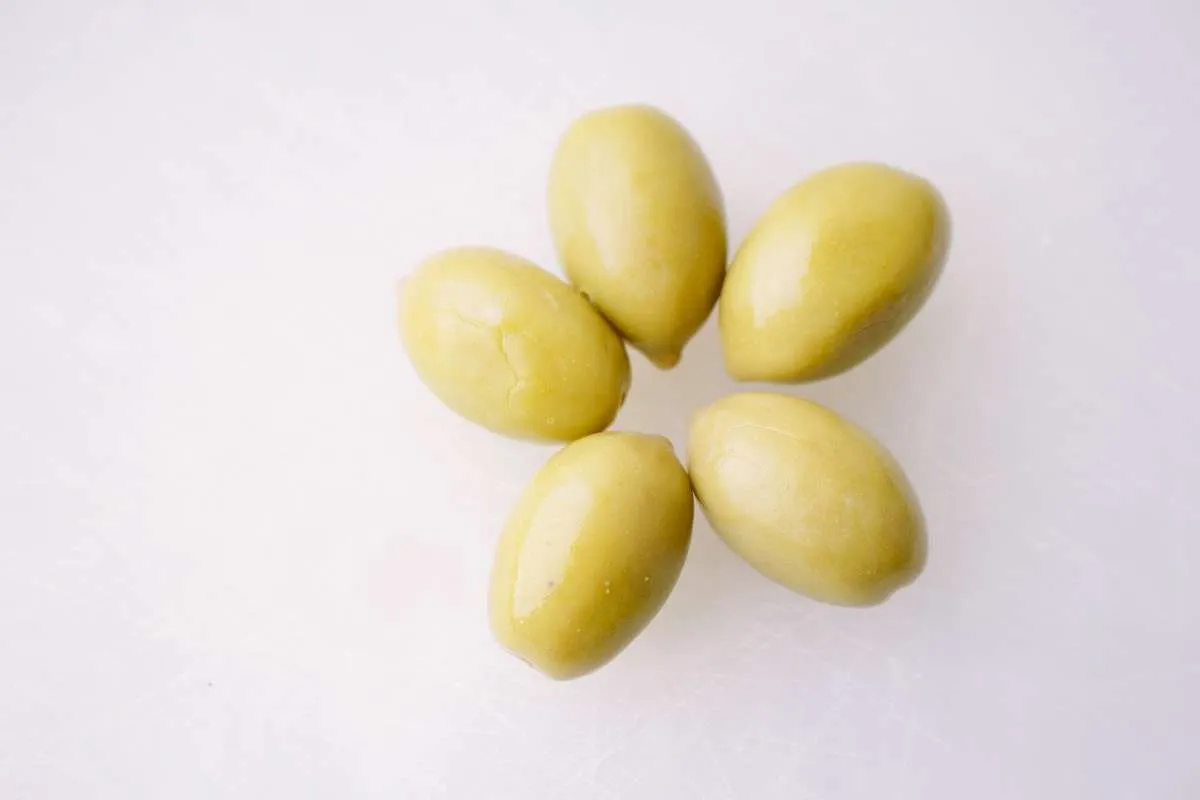
Let’s assume you have a small home garden where you have a spectacular, healthy olive tree.
Your olive tree has just begun sprouting fresh olives and they look exceptionally fresh and succulent.
Imagine you pluck one of the gorgeous olives adorning the branches to put into your mouth. That delightful moment of whimsy would be shattered the instant you bit into the olive.
Your lips would not be welcomed with the lovely salty salinity of a jar of green olives. You also wouldn’t get the delicate, earthy, almost sweet flavor of mature black olives from cans.
Instead, a sharp bitterness would assault your tastes, and your first inclination would be to spit the fruit out. You could gag if you attempted to force your way through the harshness.
Experts have narrowed down exactly what makes raw olives so bitter. It is due to the presence of chemical compounds such as one that has come to be known as glucoside.
This single compound is believed to be the one of reasons that olives naturally lack a taste of freshness that many closely related fruits possess.
Due to the presence of glucoside, olives are often described as drupes, or stone fruits. An example of a similar fruit would be a peach.
It is for this very reason that olives must be treated and processed before they are ready to be consumed.
If you wish to process your own olives at home, it is a viable option.
While it will be a bit more work, there are a few ways to treat olives before eating them. Luckily, a few of the simple methods are detailed later on.
2. Raw Olives Have a Hard, Crunchy Texture
The texture is another reason to avoid eating raw olives. Raw olives do not have the delicate feel and delightful juiciness that they have when picked from a can.
They’re actually hard and crispy. Furthermore, the harder the flesh clings to the pit inside, the less ripe they are.
Olives begin green and gradually change color as they mature. Green olives are the most immature and bitter and crunchy of all raw olives, whereas dark purple, brown, or black olives are more mature.
The fruit has gotten softer and more separated from the pit at this point, but it still has a rather harsh flavor until cured.
3. Raw Olives Come With Pits
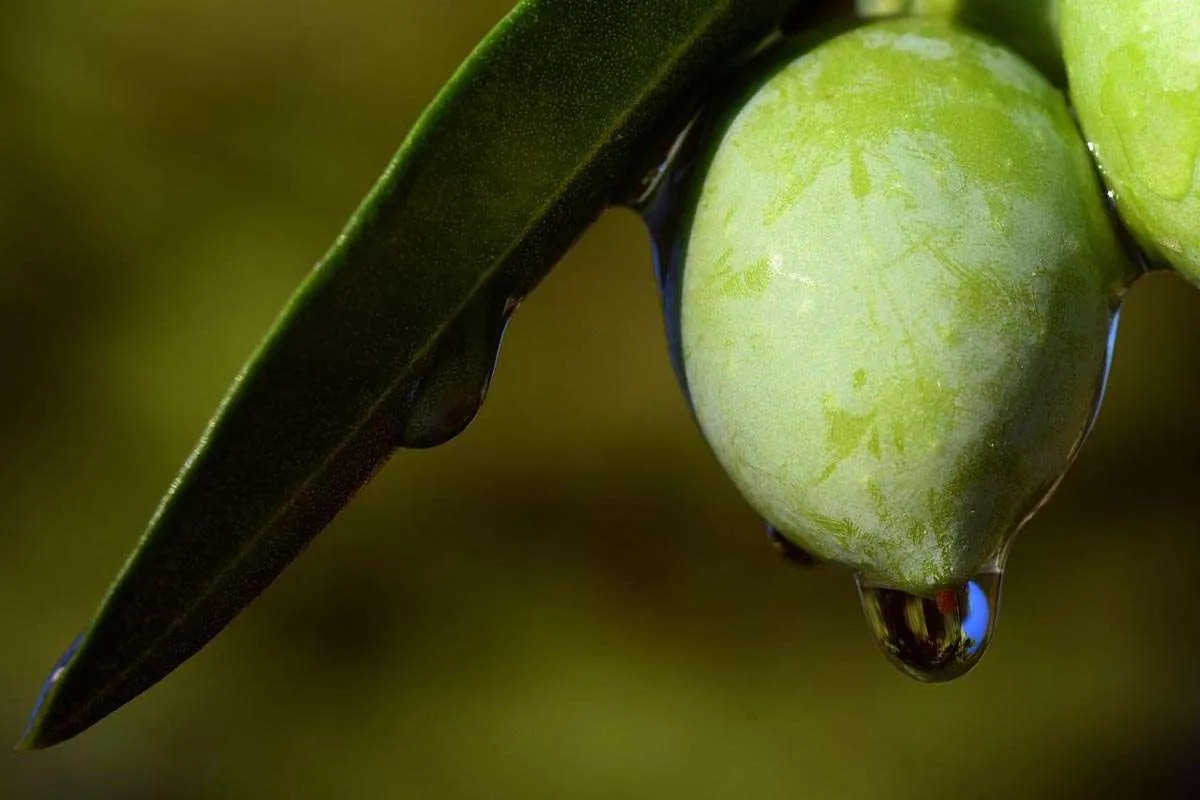
The pit of a fruit is basically the hard covering that protects the seed inside a fruit. Generally fruits have a sweet juicy outer layer that is designed to attract small animals and insects. This is the part of a fruit that is generally consumed.
Within this often soft, juicy part, exists the pit. This is the hard shell intended to protect the seed inside. It is also at times referred to as a stone because of its hard nature. The pits of a fruit are usually inedible and such is the case with the olives.
Most olives purchased at the grocery store have already had the pit removed, allowing you to consume them or incorporate them into your dishes with ease. You may buy raw olives with pits, but you will have to cure them to eliminate the horrible bitterness as well as remove the inedible pits.
4. Olives Should Be Washed Before Consumption
Okay, you disregard the warnings about how bitter olives are or how crunchy they are, and you still want to put it in your mouth. But first, think about the environment.
The wind is blowing, birds are chirping in the trees, and the olive may be crawling with dust, germs, and even bird droppings. Do you still want to consume raw olives?
What’s worse is that the olives you are about to taste may be filled with all sorts of chemicals and toxins. It is not uncommon to use pesticides on your olive trees to keep pests away. While this does allow your tree to grow better, it also covers it with harmful chemicals. These toxins will probably not kill you but can cause severe food poisoning.
It is for this reason that you should always wash your vegetables before eating them at home. However, there are probably a few spots in the olive grove where you can scrape all the hidden toxins off. This is just another reason why you should not consume a raw olive straight off the tree.
Raw Olives Must Be Cured Before Consumption
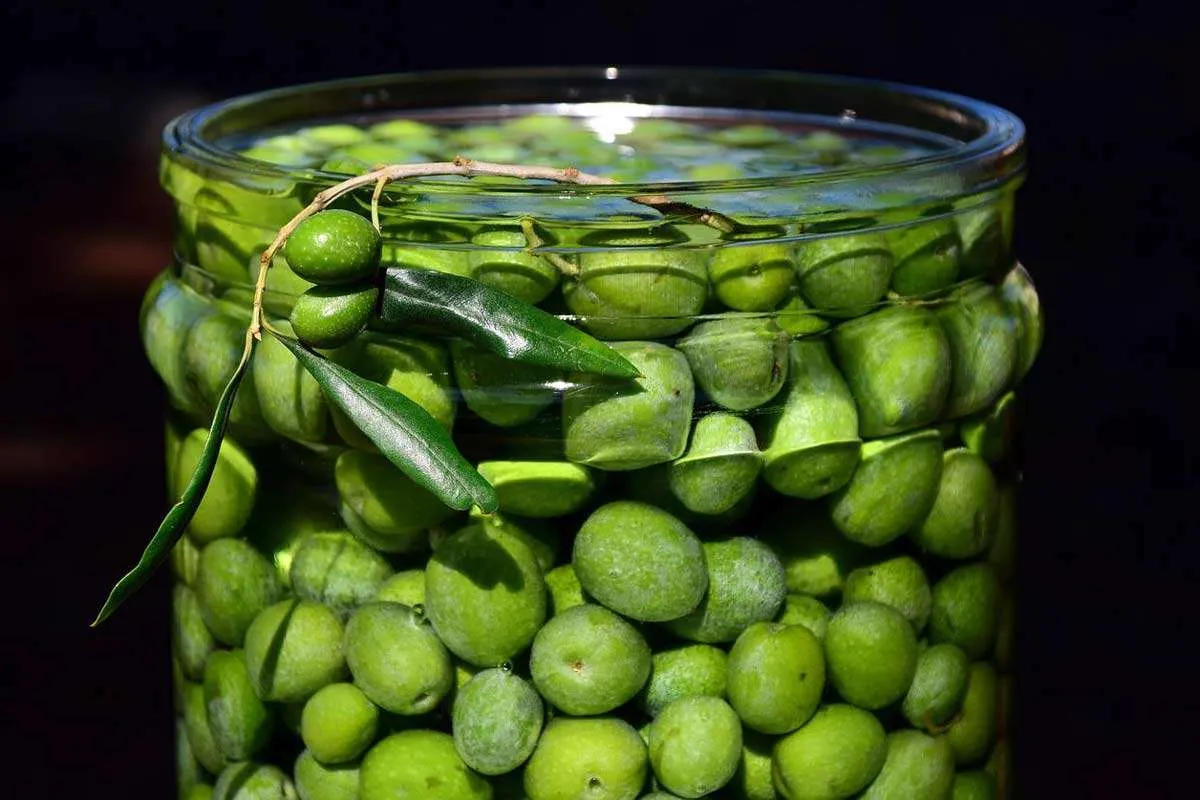
When olives are harvested, they must be cured or treated to eliminate the bitter chemicals oleuropein and ligstroside. These substances defend the plant against insects and other predators that might eat the fruits otherwise.
Brining, dry salt curing, lye treatment, and water curing are all procedures for removing bitterness from olives.
Each of the ways of curing described above either eliminates or decreases the bitter components in the olives, making the olive considerably more pleasant. Each technique of curing requires weeks or months to extract enough oleuropein and ligstroside chemicals to produce the wonderful olives we are accustomed to eating.
4 Methods To Treat Olives
To make the fruit edible, the bitter chemicals must be eliminated by a curing or fermenting procedure. Let’s have a look at some alternative curing procedures that you can even perform at your own house.
Please keep in mind that the following curative techniques are provided solely for educational reasons. For further information, speak with a cure specialist.
1. Brining
Fresh olives are steeped in a saltwater solution for 2 to 6 months after being harvested. To eliminate the bitter chemicals, the saltwater solution must be replenished numerous times during the procedure.
This procedure takes significantly longer if the olives are left whole since the water has a tougher difficulty entering the olives’ smooth exterior. The brining process is sped up if the olives are pitted before the saltwater immersion or slits are cut into the fruits.
2. Dry Salt Curing
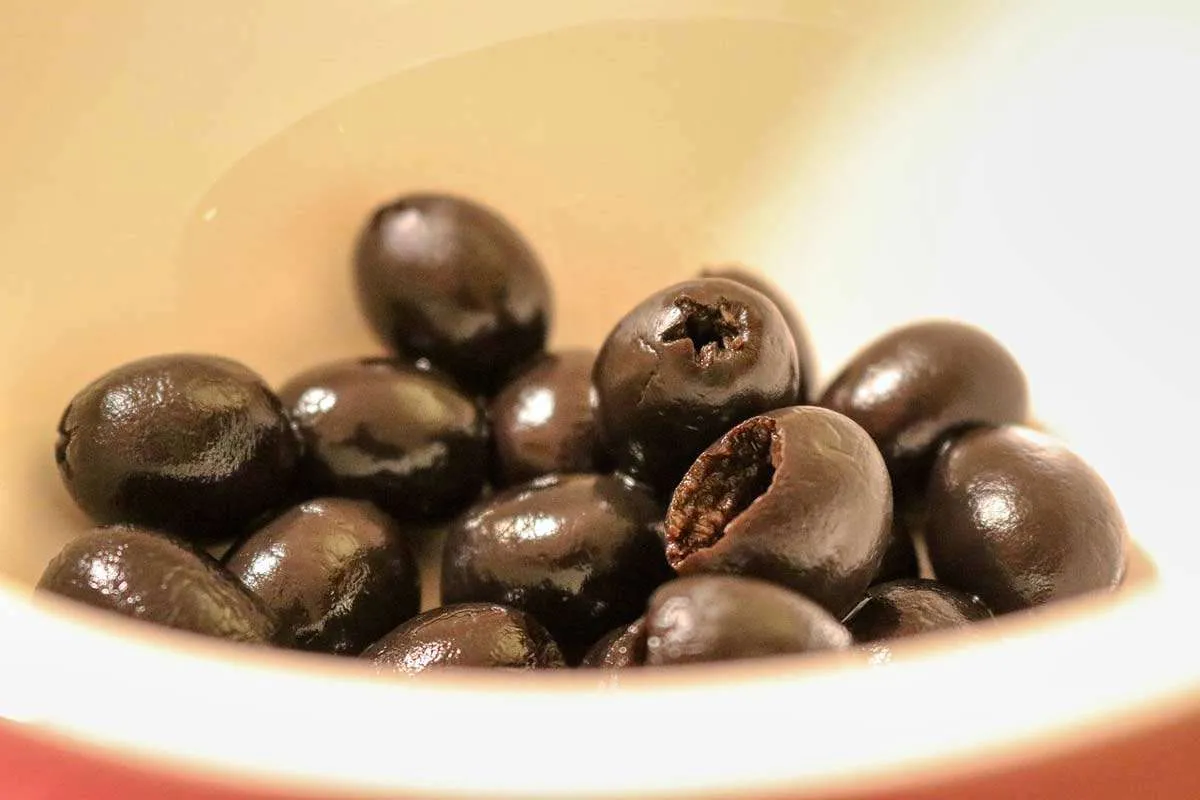
The dry salt cure process uses smaller, matured olives, which reduces them slightly and leaves them soft and wrinkled. Dry salt curing is another procedure that does not eliminate all of the bitter chemicals, leaving the end product with a slightly bitter flavor.
Dry salt curing takes around 5 to 6 weeks to complete.
3. Water Curing
To remove the bitter components from fresh olives, split or chop them and soak them in water. Water curing takes the least amount of time, but also eliminates the least amount of oleuropein, therefore olives cured this manner retain part of their bitterness.
Water-cured olives are steeped in a bath for a week or two, depending on the desired amount of bitterness. After that, store the olives in a vinegar-brine solution.
4. Lye Curing
Lye, also known as caustic soda or sodium hydroxide, is a chemical that is employed in a variety of processes. However, when used to cure olives, the lye must be entirely removed and the olives well cleaned before consumption.
Lye acts by dissolving the chemical bonds between oleuropein and the sugars found in olives. This also transforms the olives’ texture from harsh and crunchy to soft and supple.
Following the completion of the procedure, the olives must be rinsed many times to eliminate all traces of lye. For storage, the processed olives are frequently packed in a brine solution.
Choosing The Right Method To Cure Your Olives
When processing olives from the tree, numerous variables must be considered. When making fresh raw olives, you must consider what tastes you are seeking for, how ripe the olives are, how much time you will spend cooking the olives, and what kind of olive you will use.
Some olives benefit from brine or lye curing, however water or dry salt curing may be used if you want to retain some of the bitterness for added taste. It all depends on the ultimate product you’re after.
Can Olives be Eaten Raw?
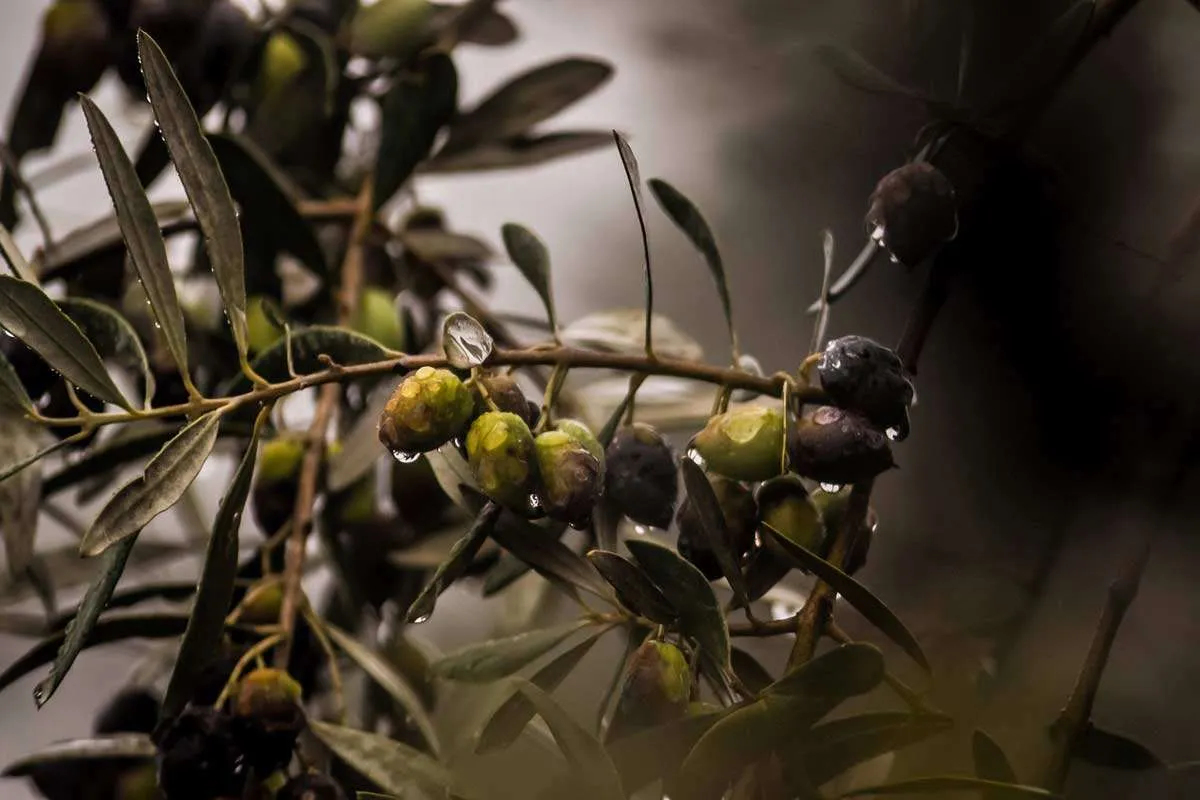
Yes, raw olives may be eaten, but most people won’t want to after the first mouthful. Some people may have developed a tolerance to the bitterness of raw olives, but these are the people who raise and harvest them. They must taste them to ensure that they are cultivating a decent harvest.
So, to answer your question: better not to take the risk or spoil your taste for olives by eating them raw!
